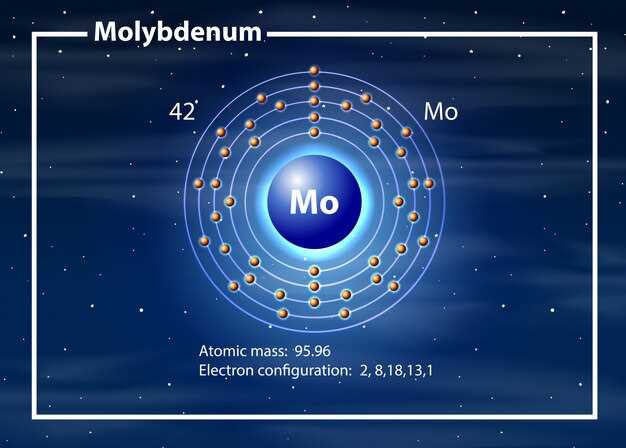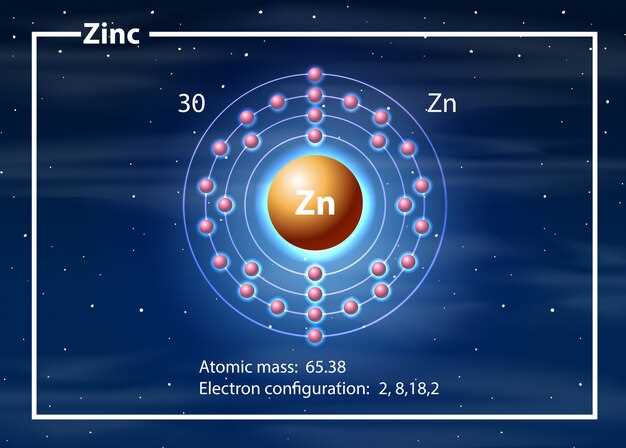
Are you tired of constantly battling heartburn and acid reflux? Look no further than Esomeprazole Magnesium! This revolutionary medication offers unparalleled relief by targeting the root cause of your discomfort.
Why choose Esomeprazole Magnesium?
Efficient and fast-acting, Esomeprazole Magnesium neutralizes stomach acid and provides lasting relief from heartburn and indigestion. Say goodbye to discomfort and hello to a happier, healthier you!
Overview of Optical Rotation

Optical rotation is a property of certain substances that causes them to rotate the plane of polarized light. This phenomenon is a result of the interaction of the substance with light waves, leading to a change in the orientation of the light waves as they pass through the substance.
Optical rotation is an important concept in chemistry and physics, as it can be used to determine the concentration, purity, and identity of substances. It is particularly useful in the field of pharmaceuticals, where the optical rotation of a compound can provide valuable information about its structure and properties.
- Optical rotation is measured using a polarimeter, which analyzes the angle by which the plane of polarized light is rotated by the substance.
- The direction and magnitude of optical rotation depend on factors such as the concentration, temperature, and the wavelength of light used.
- Chiral compounds, which have non-superimposable mirror images, are known to exhibit optical rotation due to their asymmetric molecular structure.
Overall, optical rotation is a fundamental property that plays a crucial role in various scientific disciplines, providing valuable insights into the nature of substances and enabling researchers to make accurate measurements and predictions based on light interactions.
Explanation of Concept
In chemistry, optical rotation refers to the rotation of the plane of polarized light as it passes through a sample of a chiral compound. Chirality is a property of molecules that prevents them from being superimposed on their mirror images. This optical phenomenon occurs due to the asymmetric arrangement of atoms in chiral molecules, leading to their ability to rotate the plane of polarized light.
When light passes through a chiral compound, the molecule’s asymmetry causes the light to split into two circularly polarized components that travel at different speeds. This differential travel time results in the rotation of the plane of polarized light. The direction and degree of rotation are influenced by factors such as the molecule’s structure, concentration, temperature, and the wavelength of light used.
Optical rotation is commonly used to determine the purity and identity of chiral compounds, as enantiomers or optical isomers exhibit opposite rotations. This property is essential in pharmaceuticals, as the biological activity and pharmacokinetics of chiral drugs can vary significantly between enantiomers. Therefore, optical rotation analysis plays a crucial role in the pharmaceutical industry for ensuring the effectiveness and safety of chiral drugs.
Importance in Chemistry
Understanding the composition and properties of esomeprazole magnesium plays a crucial role in the field of chemistry. This compound is a key component in the development of pharmaceuticals aimed at treating acid-related gastrointestinal disorders.
Chemists rely on the detailed knowledge of esomeprazole magnesium to formulate precise and effective medications. By studying its unique chemical structure and behavior, researchers can optimize drug formulations to maximize therapeutic effects while minimizing side effects.
Furthermore, esomeprazole magnesium serves as a valuable model compound for investigating the mechanisms of drug action and metabolism in the human body. Its significance in chemistry extends beyond pharmaceuticals, offering insights into drug design, drug interactions, and pharmacokinetics.
Esomeprazole Magnesium
Esomeprazole Magnesium is a pharmaceutical compound that is used to treat conditions such as gastroesophageal reflux disease (GERD) and ulcers. It is a proton pump inhibitor (PPI) that works by reducing the amount of acid produced in the stomach.
Properties and Composition
Esomeprazole Magnesium is a white to off-white crystalline powder that is slightly soluble in water. It is composed of esomeprazole, which is the S-isomer of omeprazole. The molecular formula of esomeprazole magnesium is C34H36MgN6O6S2, and its molecular weight is 713.1 g/mol.
| Property | Value |
|---|---|
| Chemical Formula | C34H36MgN6O6S2 |
| Molecular Weight | 713.1 g/mol |
| Appearance | White to off-white crystalline powder |
| Solubility | Slightly soluble in water |
Properties and Composition
Esomeprazole magnesium is a compound that belongs to the class of proton pump inhibitors (PPIs) and is used to treat conditions related to excessive stomach acid production. The chemical composition of esomeprazole magnesium includes magnesium salt of esomeprazole, which is the S-enantiomer of omeprazole.
Esomeprazole magnesium is available in the form of delayed-release capsules or tablets, which ensure that the medication reaches the targeted area in the digestive tract before releasing the active ingredient. This formulation enhances the effectiveness of the drug by protecting it from degradation in the acidic environment of the stomach.
The properties of esomeprazole magnesium include its stability at different pH levels, high selectivity for the proton pump in the stomach lining, and long-lasting effects that provide relief from acid-related conditions. Its composition ensures potent inhibition of gastric acid secretion, making it a preferred choice for the treatment of acid reflux, peptic ulcers, and gastroesophageal reflux disease (GERD).
Applications in Pharmaceuticals
Esomeprazole magnesium has various applications in the pharmaceutical industry due to its role as a proton pump inhibitor (PPI). It is commonly used to treat gastroesophageal reflux disease (GERD), gastric ulcers, and other conditions related to excess stomach acid production.
GERD Treatment
GERD, also known as acid reflux, is a chronic condition in which stomach acid flows back into the esophagus, causing irritation and discomfort. Esomeprazole magnesium helps alleviate symptoms by reducing the production of stomach acid, thereby providing relief from heartburn and acid reflux.
Gastric Ulcer Healing

Gastric ulcers are open sores that develop on the lining of the stomach and can cause abdominal pain, bloating, and other digestive issues. Esomeprazole magnesium is prescribed to heal gastric ulcers by inhibiting acid secretion and promoting the healing of the stomach lining.
